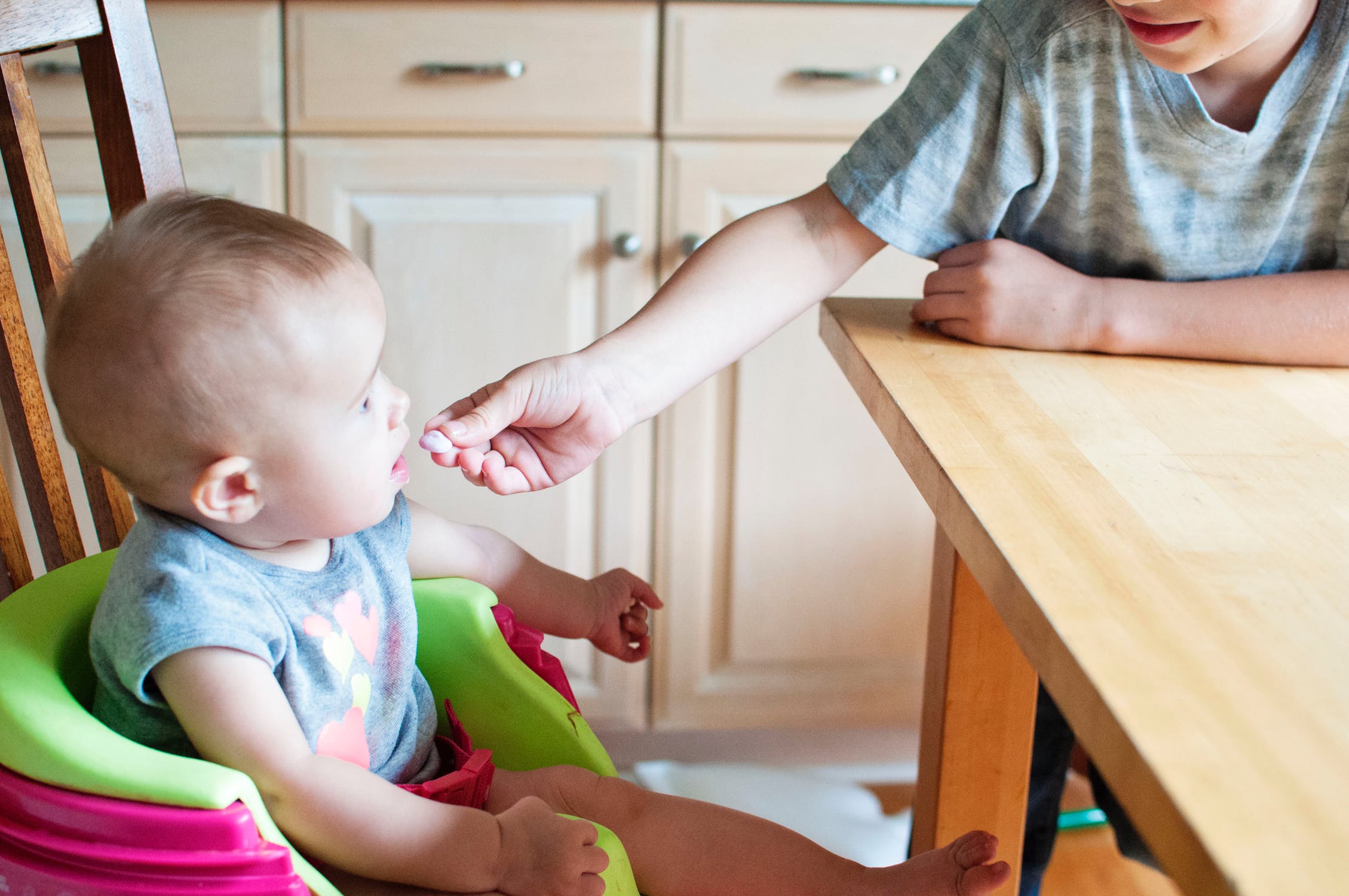
Verbal imitation is an important part of children’s speech/language development and is often seen in children between 18-36 months (Sukaina, 2019). Echolalia also persists in as many as 85% of verbal children with autism spectrum disorders (Sukaina, U., 2019).
The term “echolalia” has been alternately defined as “a functional adaptation that facilitates language development and communication” and as “vocal stereotypy, a maladaptive behavior that should be extinguished or decreased” (Stiegler, 2013).
Should we try to stop children from echoing? What purpose does echolalia serve?
The position statement from the American Speech-Language-Hearing Association (ASHA) indicates that echolalia is a stepping stone to independent, self-generated speech, and is, in fact, a good sign (Stiegler, 2015). As children begin to repeat the language we use with them, meaning is attached. For example, when we ask a child, “Do you want juice?” and he repeats “want juice,” then gets the juice, he learns that when he says “want juice,” he gets juice. The next time the child wants juice, he may independently use the phrase “want juice” to request. It is important to remember that imitation is a skill mastered by typically-developing children as they explore and learn language. It serves an important purpose!
So, how can we help individuals bridge the gap between imitating language and using it independently? Here are some ideas…
1. Reduce your own language when talking with the child. Instead of asking, “Do you want juice?,” hold the juice up expectantly and wait for the child to initiate, either by reaching for the juice, saying “juice,” or saying “want juice.” Eventually, by modeling, you can help the child expand his/her utterance to a complete request, like “I want some juice.”


2. Use statements more than questions. Comment on toys you’re playing with, and wait for the child to reciprocate, rather than asking her questions. For example, “I like the RED car!” The child may reciprocate with “I like the BLUE car.”
3. Involve the whole family in language practice for an effective model. When playing with a pretend picnic, ask, “Who wants some water?” Mom can model, “I want some!” Brother can model, “I want a sandwich,” and so on, providing the child with different language models other than direct imitation.


4. Expand upon the child’s imitation. If she repeats the last word of your question (e.g., “juice?”), respond with “Oh, you want juice! I’m thirsty, too.”
Remember that a child using echolalia is making progress toward functional language use!
Stiegler, L.N. (2013). Examining the echolalia literature: Where do speech-language pathologists stand? American Journal of Speech-Language Pathology, 24, pp. 750-762.
Sukaina, U. (2019, January 25). Has Your Therapist Told You Everything About Echolalia? [Blog Post]. Retrieved from https://www.autismconnect.com/blogs/what-is-echolalia-by-miss-sukaina-lokhandwala-miss-urvi-mange/?utm_campaign=Newsletters&utm_source=www.autismconnect.com&utm_medium=emailer

0 Comments